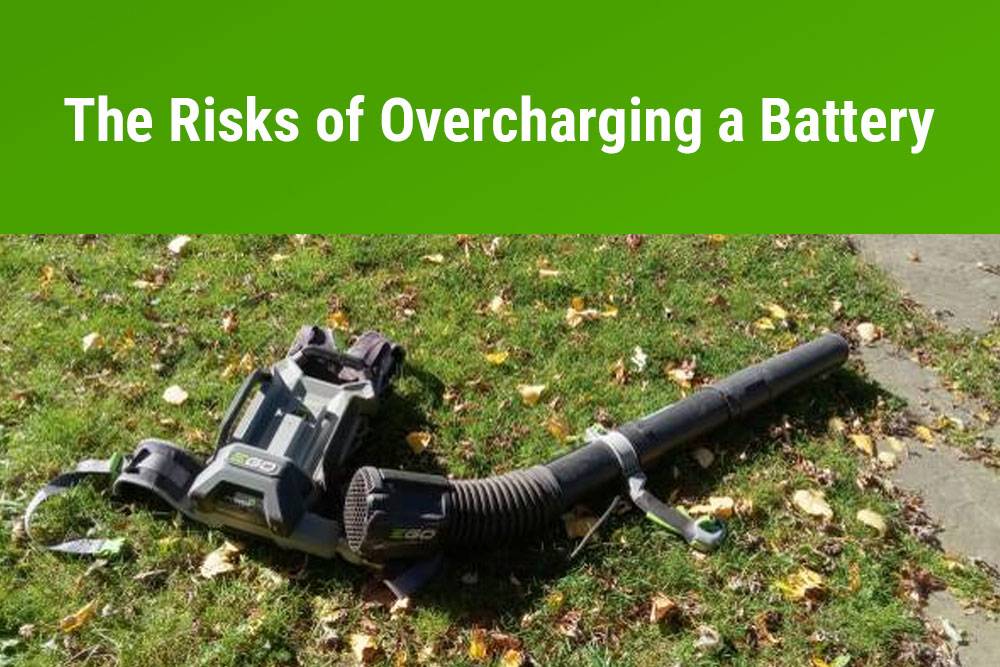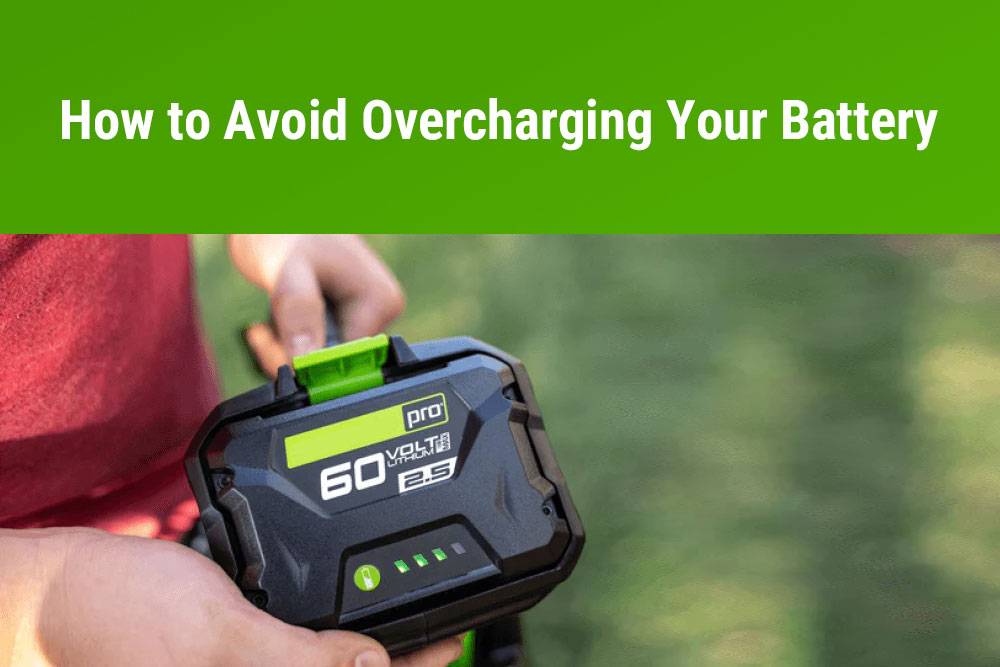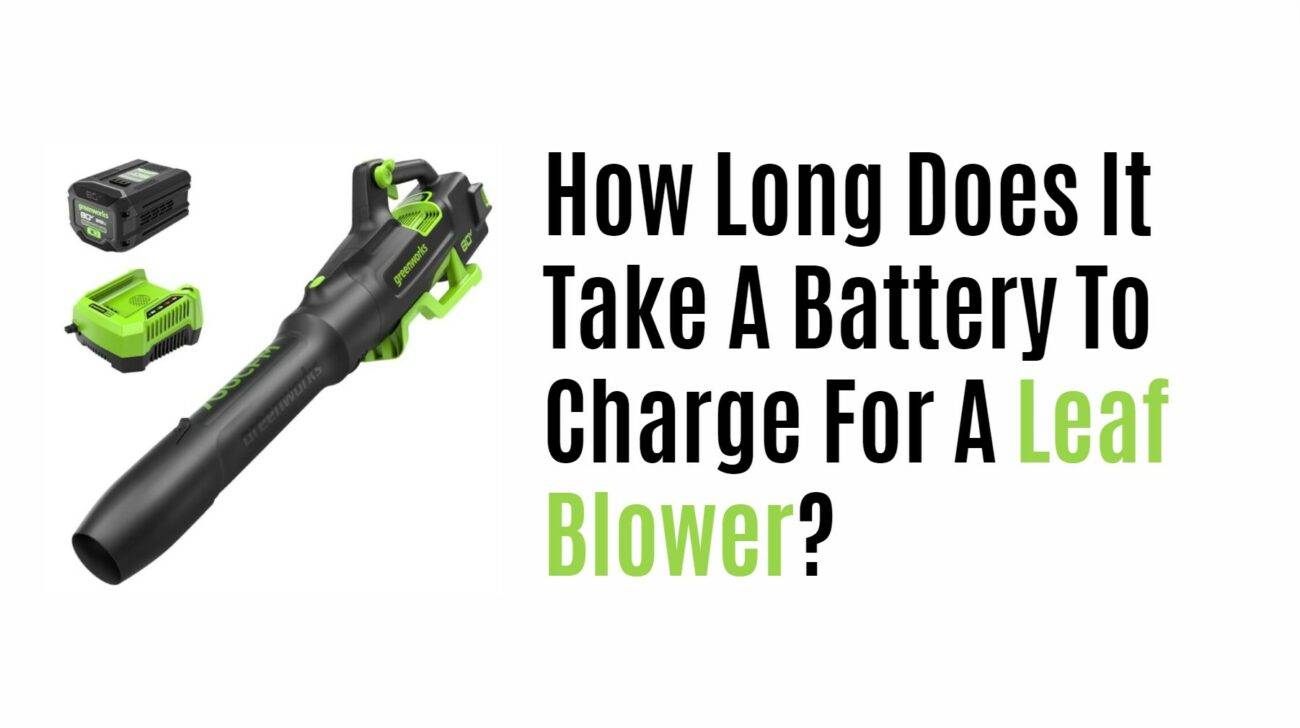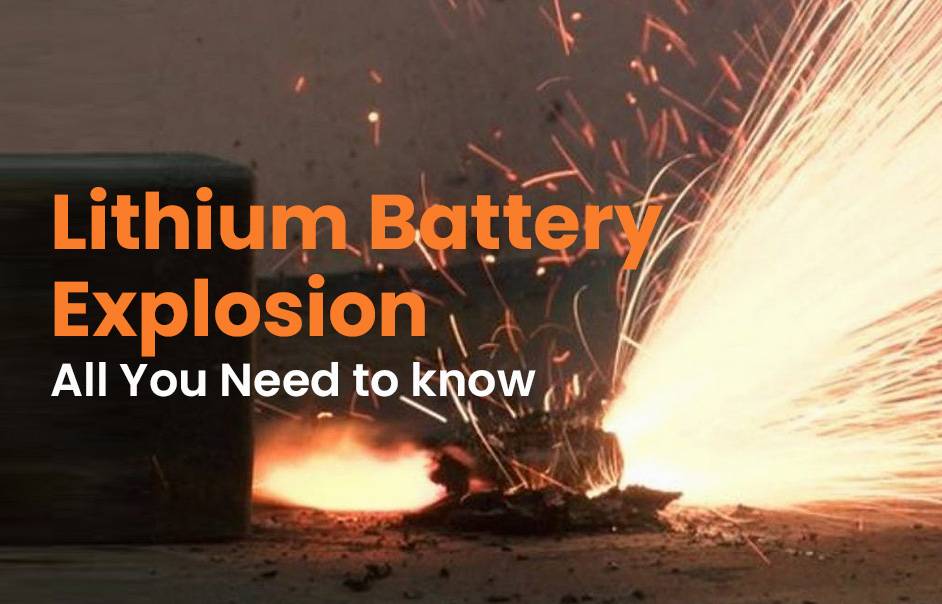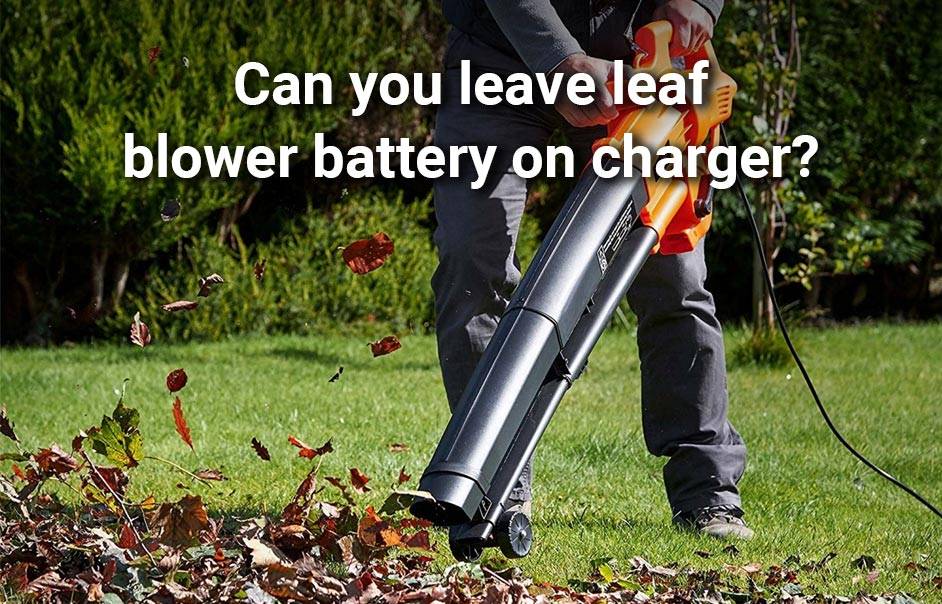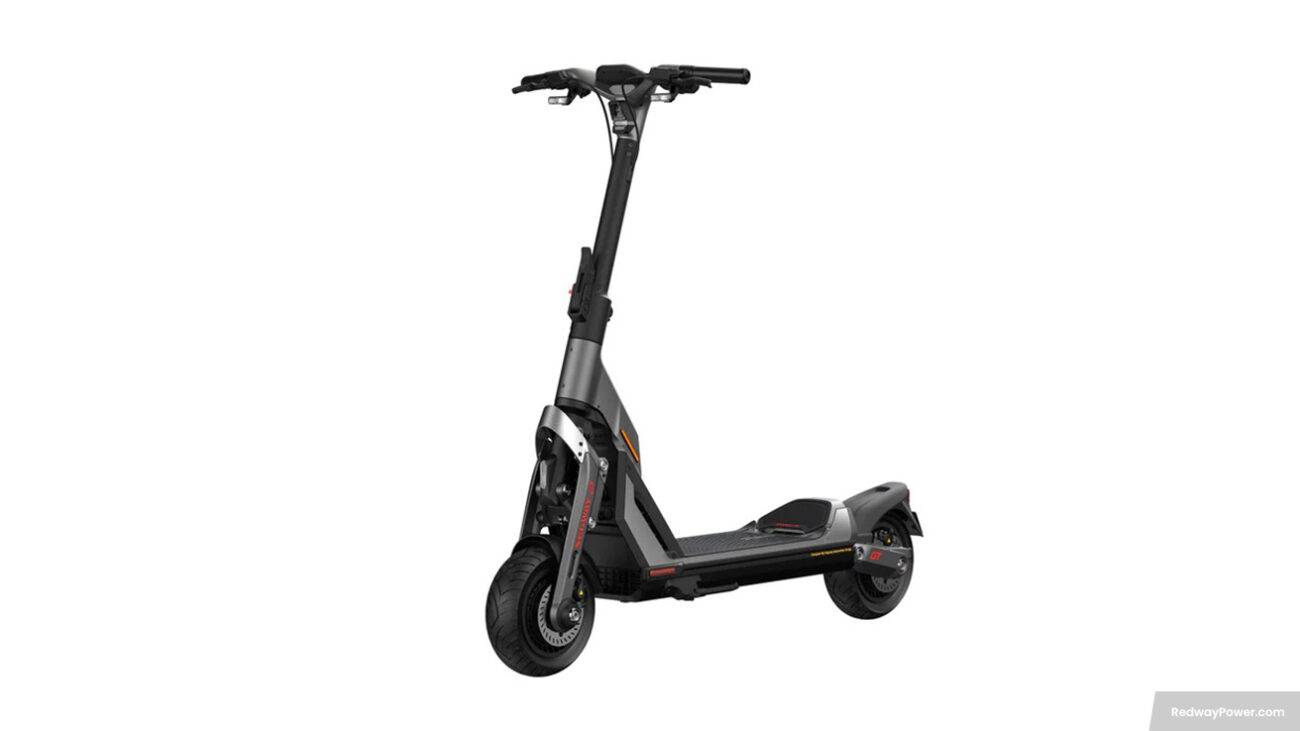- Rack-mounted Lithium Battery
- Golf Cart Lithium Battery
-
Golf Cart Lithium Battery
- 36V 50Ah (for Golf Carts)
- 36V 80Ah (for Golf Carts)
- 36V 100Ah (for Golf Carts)
- 48V 50Ah (for Golf Carts)
- 48V 100Ah (Discharge 100A for Golf Carts)
- 48V 100Ah (Discharge 150A for Golf Carts)
- 48V 100Ah (Discharge 200A for Golf Carts)
- 48V 120Ah (for Golf Carts)
- 48V 150Ah (for Golf Carts)
- 48V 160Ah (Discharge 100A for Golf Carts)
- 48V 160Ah (Discharge 160A for Golf Carts)
-
Golf Cart Lithium Battery
- Forklift Lithium Battery
- 12V Lithium Battery
- 24V Lithium Battery
- 36V Lithium Battery
- 48V Lithium Battery
-
48V LiFePO4 Battery
- 48V 50Ah
- 48V 50Ah (for Golf Carts)
- 48V 60Ah (8D)
- 48V 100Ah (8D)
- 48V 100Ah
- 48V 100Ah (Discharge 100A for Golf Carts)
- 48V 100Ah (Discharge 150A for Golf Carts)
- 48V 100Ah (Discharge 200A for Golf Carts)
- 48V 150Ah (for Golf Carts)
- 48V 160Ah (Discharge 100A for Golf Carts)
- 48V 160Ah (Discharge 160A for Golf Carts)
-
48V LiFePO4 Battery
- 60V Lithium Battery
-
60V LiFePO4 Battery
- 60V 20Ah
- 60V 30Ah
- 60V 50Ah
- 60V 50Ah (Small Size / Side Terminal)
- 60V 100Ah (for Electric Motocycle, Electric Scooter, LSV, AGV)
- 60V 100Ah (for Forklift, AGV, Electric Scooter, Sweeper)
- 60V 150Ah (E-Motocycle / E-Scooter / E-Tricycle / Tour LSV)
- 60V 200Ah (for Forklift, AGV, Electric Scooter, Sweeper)
-
60V LiFePO4 Battery
- 72V~96V Lithium Battery
- E-Bike Battery
- All-in-One Home-ESS
- Wall-mount Battery ESS
-
Home-ESS Lithium Battery PowerWall
- 24V 100Ah 2.4kWh PW24100-S PowerWall
- 48V 50Ah 2.4kWh PW4850-S PowerWall
- 48V 50Ah 2.56kWh PW5150-S PowerWall
- 48V 100Ah 5.12kWh PW51100-F PowerWall (IP65)
- 48V 100Ah 5.12kWh PW51100-S PowerWall
- 48V 100Ah 5.12kWh PW51100-H PowerWall
- 48V 200Ah 10kWh PW51200-H PowerWall
- 48V 300Ah 15kWh PW51300-H PowerWall
PowerWall 51.2V 100Ah LiFePO4 Lithium Battery
Highly popular in Asia and Eastern Europe.
CE Certification | Home-ESS -
Home-ESS Lithium Battery PowerWall
- Portable Power Stations
How to Safely Charge Leaf Blower Batteries Without Overcharging
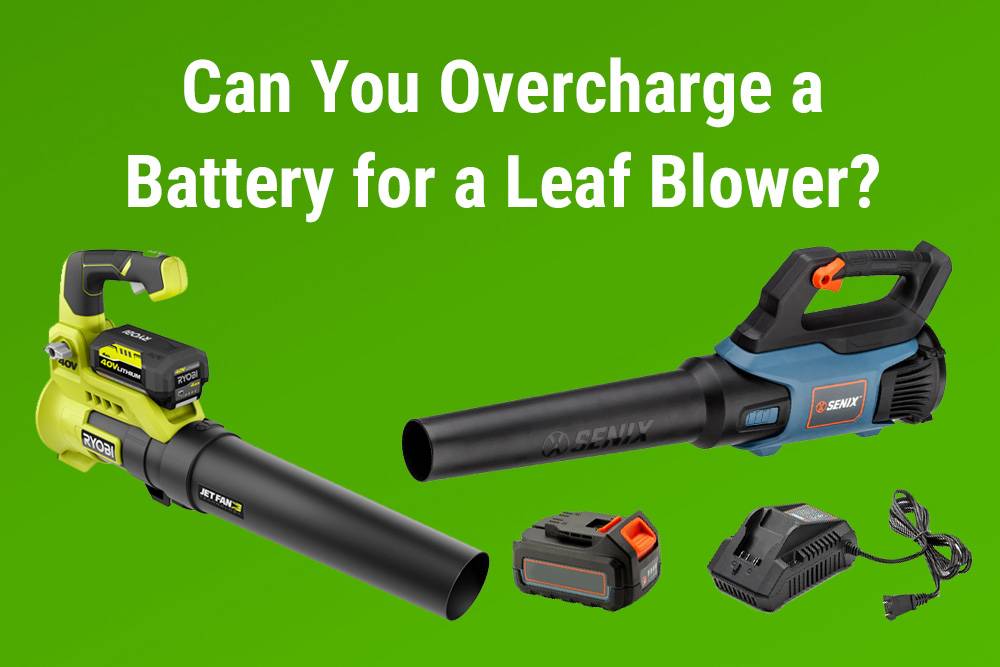
Overcharging a battery for a leaf blower can lead to reduced battery life, overheating, and potential damage. It is crucial to understand the charging process and use appropriate chargers to prevent overcharging. This guide outlines best practices for charging leaf blower batteries safely, ensuring optimal performance and longevity.
What Happens When You Overcharge a Leaf Blower Battery?
Overcharging a leaf blower battery can lead to several issues, including overheating, swelling, and reduced overall lifespan. When a battery is charged beyond its capacity, it can cause chemical reactions that generate excess heat, potentially damaging internal components and leading to battery failure.
How Can You Identify Overcharging Symptoms?
Identifying symptoms of overcharging is essential for maintaining battery health:
| Symptom | Description |
|---|---|
| Excessive Heat | The battery becomes noticeably hot to the touch during or after charging. |
| Swelling | The casing of the battery may bulge or deform due to gas buildup. |
| Reduced Performance | The battery may hold less charge or fail to operate devices effectively. |
Recognizing these symptoms early can help prevent further damage.
What Are the Best Practices for Charging Leaf Blower Batteries?
To safely charge leaf blower batteries and avoid overcharging, follow these best practices:
- Use the Correct Charger: Always use a charger recommended by the manufacturer.
- Monitor Charging Time: Keep track of how long the battery has been charging.
- Avoid Overnight Charging: If possible, do not leave batteries on the charger overnight.
- Check Voltage Levels: Use a multimeter to ensure the voltage does not exceed recommended levels.
Implementing these practices helps maintain battery health.
How Do Smart Chargers Prevent Overcharging?
Smart chargers are designed with advanced technology that prevents overcharging by:
- Automatic Shutoff: They detect when the battery is fully charged and automatically stop delivering power.
- Trickle Charging: After reaching full charge, they switch to a maintenance mode that provides just enough current to keep the battery topped off without overloading it.
- Temperature Monitoring: Many smart chargers monitor the battery temperature and adjust charging rates accordingly.
These features enhance safety and prolong battery life.
Why Is It Important to Follow Manufacturer Guidelines?
Following manufacturer guidelines is crucial because:
- Safety: Adhering to recommended charging practices reduces risks of overheating and fire hazards.
- Performance: Using specified chargers ensures optimal performance and efficiency.
- Warranty Protection: Many manufacturers require compliance with guidelines for warranty coverage; failure to follow them could void your warranty.
Understanding and following these guidelines helps maintain safety and reliability.
What Types of Batteries Are Commonly Used in Leaf Blowers?
Leaf blowers typically use two types of batteries:
| Battery Type | Description |
|---|---|
| Lithium-Ion | Lightweight and efficient, offering longer run times and faster charging capabilities. |
| Nickel-Cadmium (NiCad) | Older technology that is heavier and has a shorter lifespan but can tolerate deep discharges better than lithium-ion batteries. |
Knowing the type of battery in your leaf blower helps you choose appropriate charging methods.
How Can You Extend the Life of Your Leaf Blower Battery?
To extend your leaf blower battery’s lifespan:
- Regularly Charge: Keep the battery charged between uses but avoid letting it sit on the charger for too long.
- Store Properly: If not in use, store batteries in a cool, dry place at around 50% charge.
- Avoid Extreme Temperatures: Protect batteries from excessive heat or cold, which can degrade performance.
- Use Smart Chargers: Invest in smart chargers that prevent overcharging and optimize charging cycles.
These strategies help maximize battery longevity.
Frequently Asked Questions About Leaf Blower Battery Charging
Q1: Can I leave my leaf blower battery on the charger overnight?
A1: It’s not recommended as it may lead to overcharging unless you are using a smart charger designed to prevent this issue.
Q2: How often should I charge my leaf blower battery?
A2: Charge your battery after each use or whenever it drops below 20% capacity for best results.
Q3: What should I do if my leaf blower battery gets hot while charging?
A3: Disconnect it immediately and allow it to cool down; check for any signs of damage before using it again.
